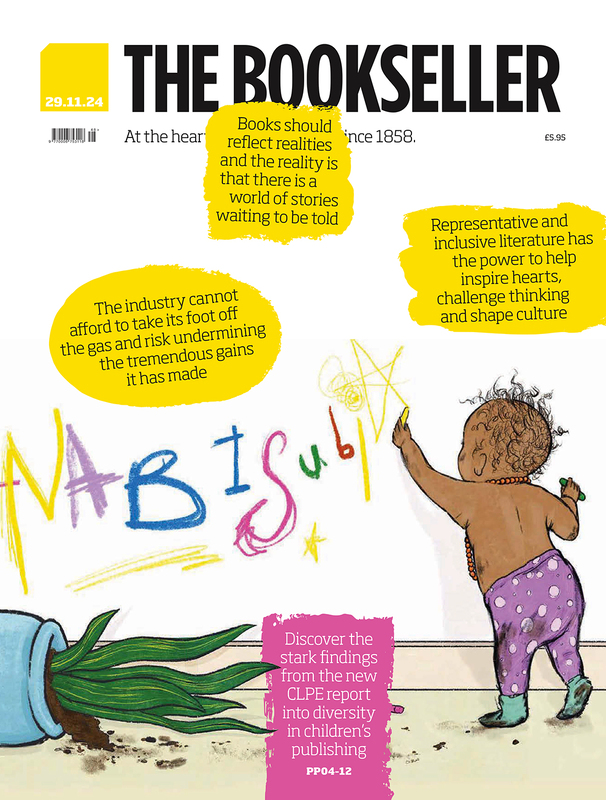You are viewing your 1 free article this month. Login to read more articles.
Pooling resources: LUP strides ahead after deal with Historic England
Despite being on the cusp of closure 15 years ago, academic publisher Liverpool University Press is experiencing a reversal in fortunes as it celebrates 120 years in business.
Established in 1899, Liverpool University Press (LUP) “combines the gravitas of a 120-year-old university press with the mindset and agility of a start-up”, according to managing director Anthony Cond. “We are a Goldilocks press: big enough to be taken seriously, but small enough for every book, journal and author to matter and to be firmly on everyone’s radar,” he says. “We value print but embrace a digital future; we celebrate what is local, but in outlook we are international. We exist to serve the academy but we want to reach the widest possible audience outside of it too, and we produce beautiful objects for sale. But we are committed to engaging with Open Access and maximising readership.”
The press, which is the second-largest publisher in the North, and the third-oldest university press in the UK, has experienced challenges in its 120-year history—primarily lack of funding—and this is a challenge that continues to this day. The press operates without any institutional subsidy and is also obliged to pass on any surplus to its university owner at the end of the year. Cond says: “We are resolutely committed to the university press mission of disseminating high-quality scholarship, but of course we do not operate with the scale and financial muscle of OUP and CUP. That tension has created a culture of efficiency and agility, an openness to trying new things, as well as valuing all that has gone before.”
He adds: “University presses value rigorously developed ideas and their modes of expression for intellectual quality, not commercial opportunity. That the financial returns are generally not as high as the larger trade houses or STM [science, technology, mathematics] publishers does not point to a lack of commercial nous, but it is a by-product of putting the mission first. That LUP is able to fulfil the university press mission and be consistently profitable without subsidy speaks volumes for the dedication and ability of the LUP team.”
Liverpool University Press’ output is large. It publishes more than 130 books and almost 100 journal issues every year, along with a number of digital collections. As a “firm” arts and humanities publisher, LUP produces high-quality monographs, critical editions and research articles as well as high-spec, highly illustrated books (often on behalf of cultural institutions). It has an award-winning poetry imprint, Pavilion Poetry, and also undertakes the publishing for a number of partner imprints, including the Voltaire Foundation at the University of Oxford, Historic England, the Littman Library of Jewish Civilization, Northcote House, and Provence University Press (based at Aix-Marseille, the largest university in France).

The press has recently added the publishing list of public body Historic England to its repertoire. A strategic partnership will see LUP undertake the long-term running of the Historic England imprint, which includes more than 300 backlist titles. “The Historic England imprint features some stunning books which complement our current list, and [the list] benefits from instant name recognition with readers and with the book trade,” Cond says. “We consider new partners or acquisitions carefully, and only take on those which, like Historic England, demonstrate the highest quality in all aspects of their current or potential publishing. We take them on with a view to amplifying the excellence that has gone before.”
Crowning glory
This new age of excellence saw the press win the British Book Award for Academic Publisher of the Year and the IPG award for Academic Publisher of the Year in the same year (2015). Cond says a big part of this is the hard work from the press’ dedicated staff. “Every single member of the team has bought into [our] way of working and that has seen staff numbers and turnover increase five-fold. But, just as significantly, it has enabled us to continue the expansion of our scholarly mission. To have picked up recognition along the way, such as The Bookseller’s and the IPG’s awards for Academic Publisher of the Year, is the cherry on the cake.”
The press is currently recruiting, which will take its roster up to 25 staff by the end of the year. “The secret of publishing success seems to be relatively simple: find good people and give them the freedom and support to do good things. That applies to staff, authors, editors and partner presses,” says Cond.
Though the press’ fortunes have waxed and waned, now, much like the city in which it is based, it is seeing a “steep upward trajectory”, as is publishing in the North as a whole, says Cond. “Even 15 years ago, it felt like there was no real publishing ecosystem in the North of England. But much has changed. The Northern Fiction Alliance has done a huge amount to highlight that publishing occurs above Oxford and below Edinburgh. The largest publishers in the North—such as LUP and Emerald—have grown significantly in recent years and have worked hard to engage with the next generation of publishers. The increased awareness of London-centric jobs and the imbalance this causes—not only for independent publishers struggling with costly rents, but to those who wish to work within the industry and see the capital as the only option—will hopefully lead us to see bigger changes in the North.”
This was written as part of The Bookseller's focus on publishing in the north of England; for more content from this focus, head here.













